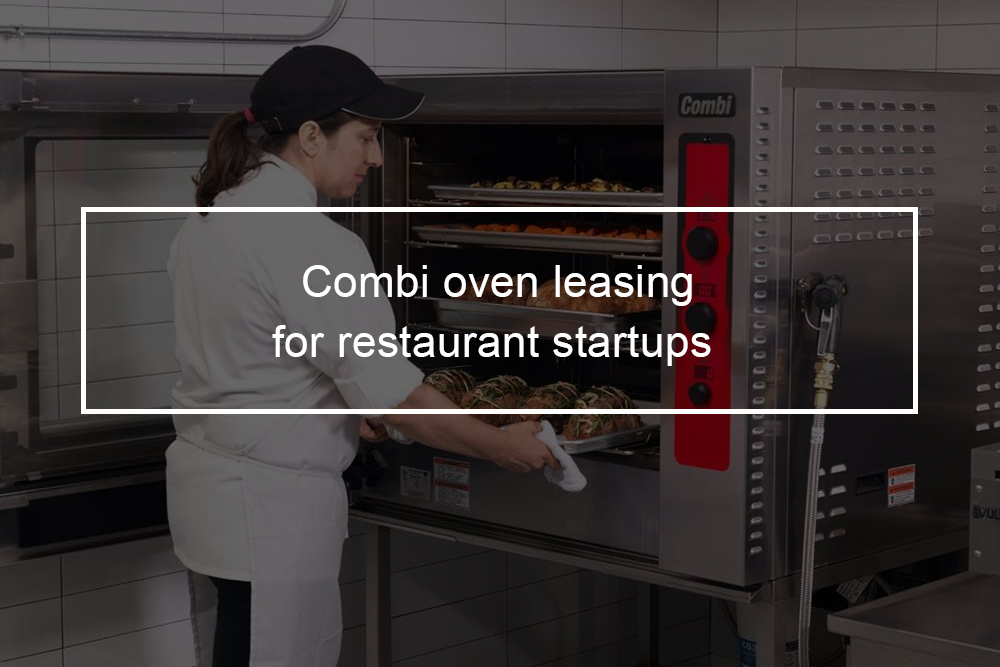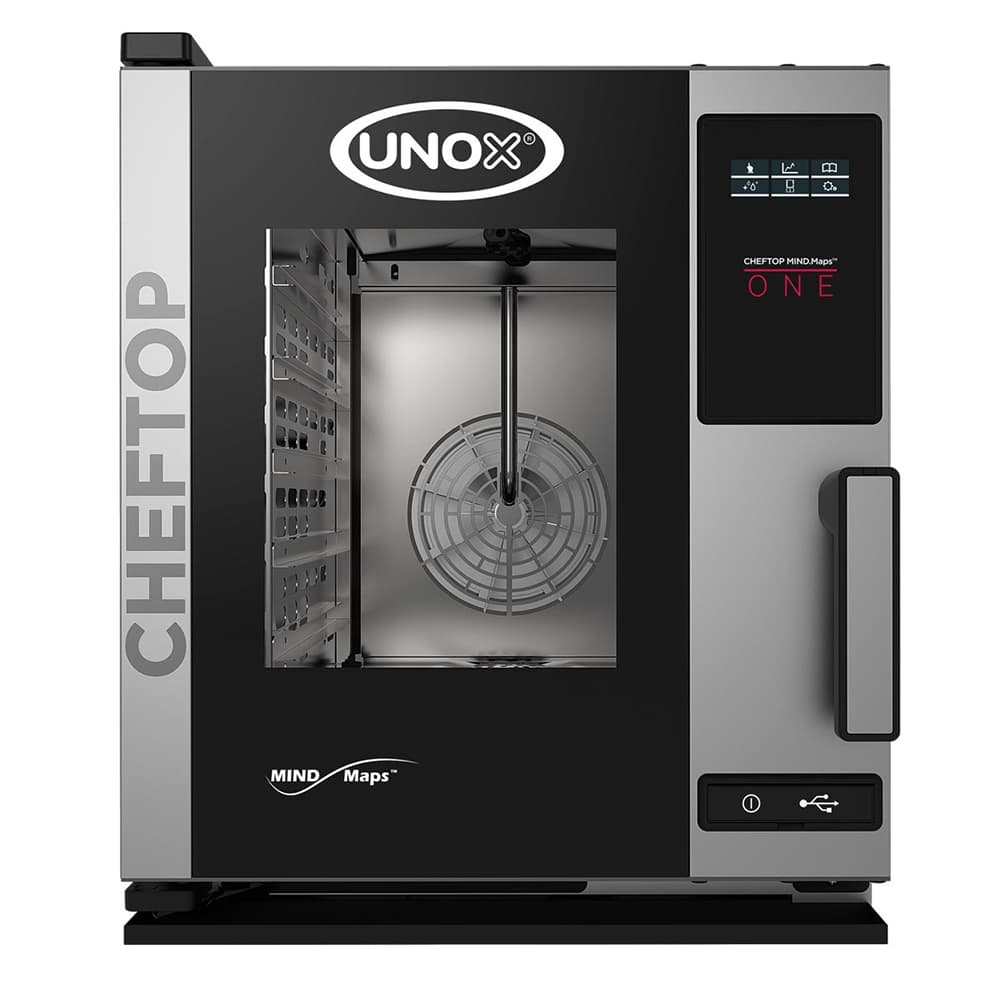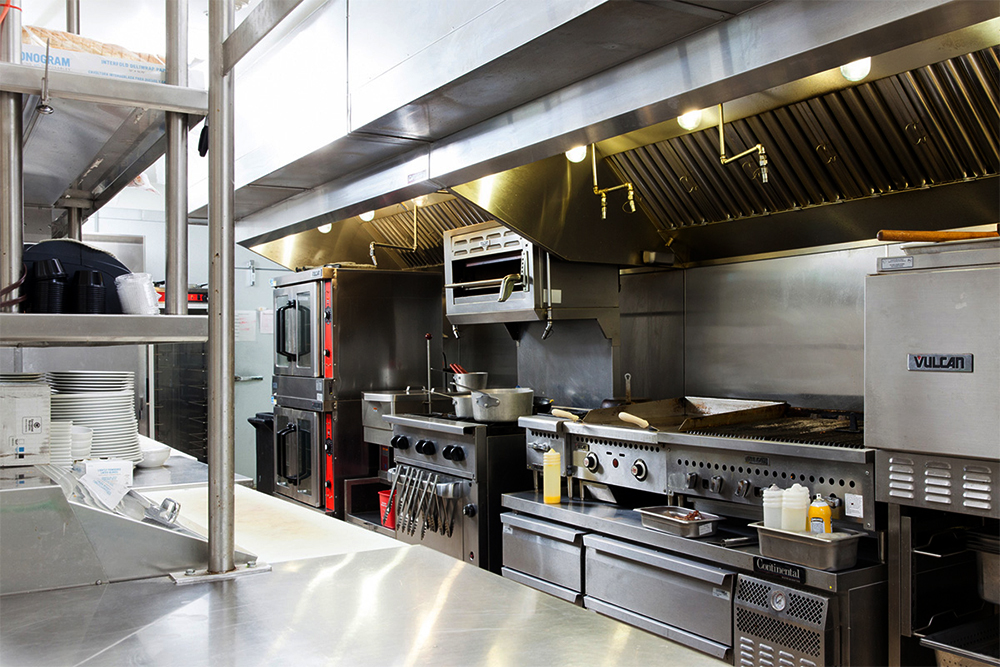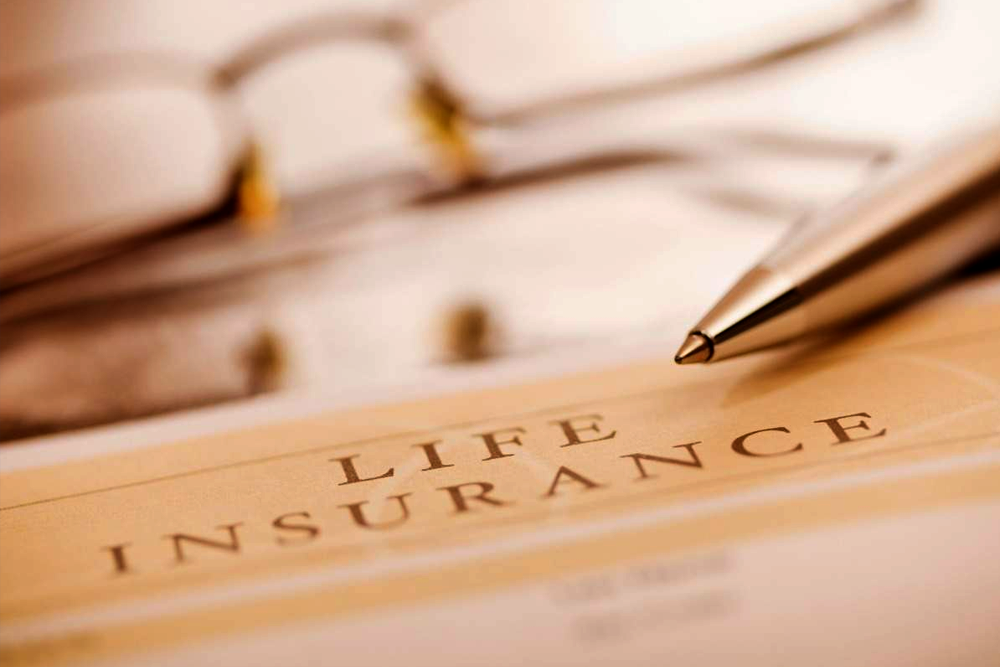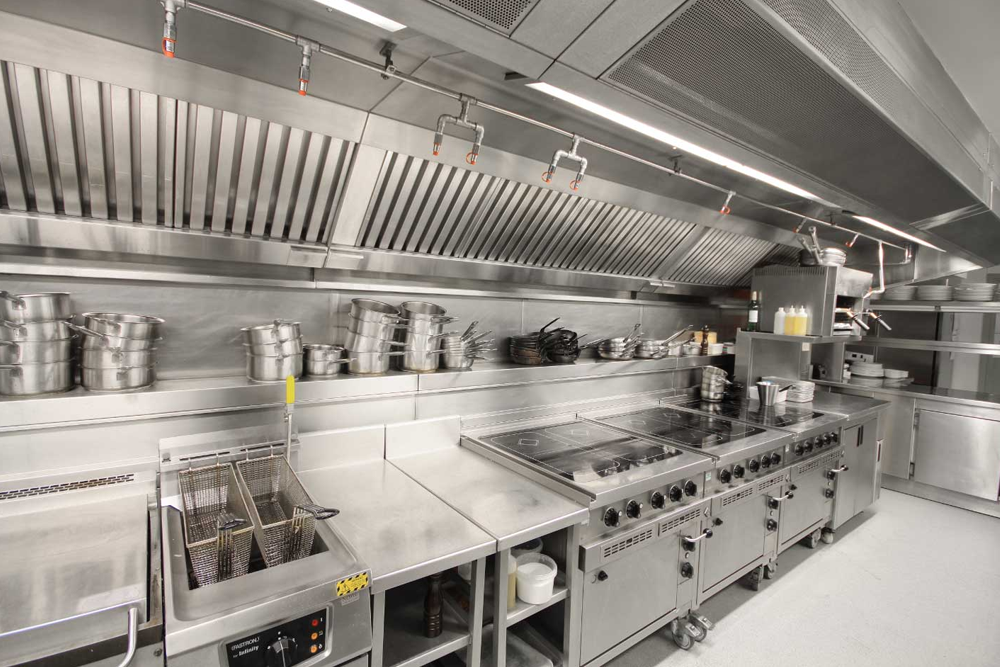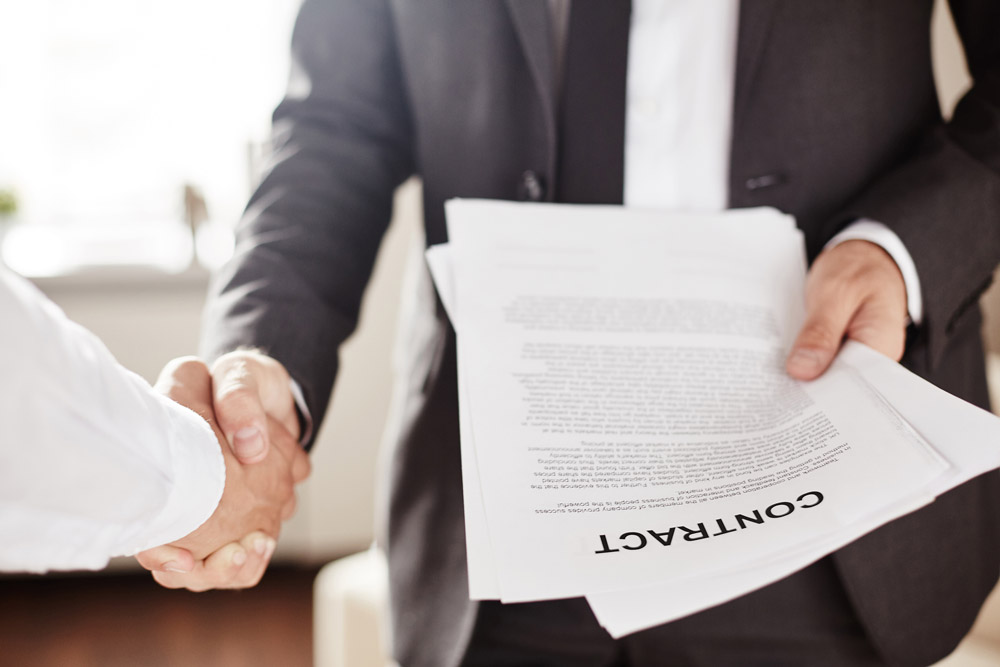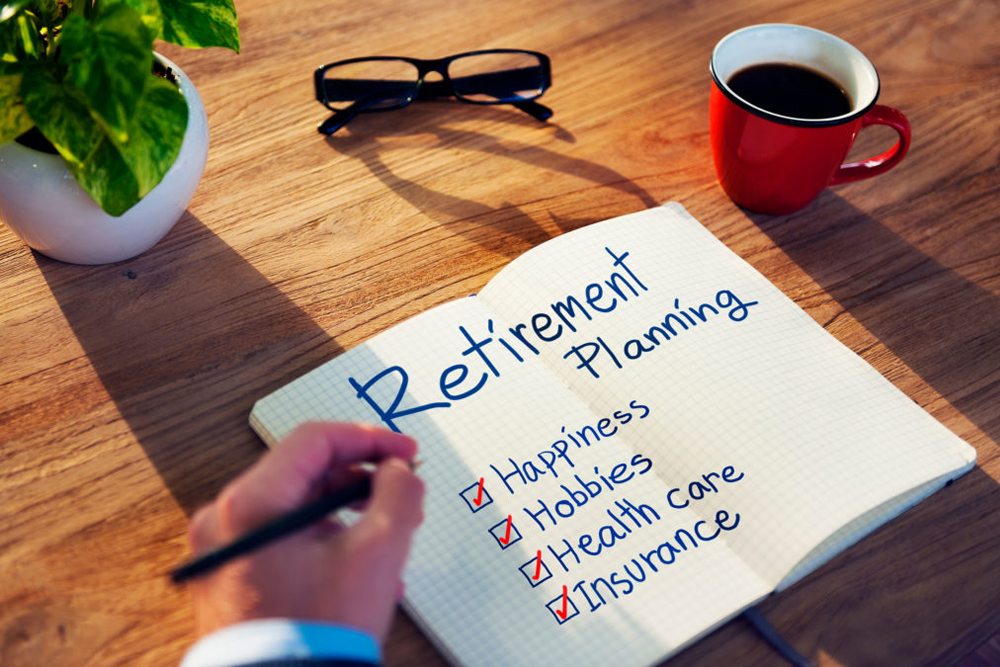As you get ready to start a new restaurant, something to consider is if or not to lease some of the commercial kitchens. Whereas you probably would not consider leasing an oven or a dishwasher for your home kitchen, leasing a commercial kitchen usually makes the most sense. We will discuss the process of leasing the Unox XACC-0513-EPR oven and the benefits you will reap from leasing it.
When outfitting a new restaurant kitchen, it is essential to remember the appliances you choose will wear out more than those of an average home kitchen. Factoring the cost of repairs and the time it takes to fix something, it is sometimes better to lease a commercial oven than buy it. Leasing can save you a lot of startup money and come with better and longer warranties than buying the oven outright.
Unox XECC-0513-EPR Overview
The UNOX version XECC-0513-EPR is a compact combi oven made to hold up to five 12″ x 20″ full-size steam table pans that are 2.5 inches in depth. The pan holding rails enable 2-5 /8″ spacing between the pans. Its space-saving size is obtained since the pan’s load into the oven through the pan’s narrower side, making it only 21 inches wide; this saves valuable countertop space! The water source is electric, requiring 208-240 Volt, three-phase power, 60-hertz power.
The XECC-O513-EPR has both automatic and manual cooking modes that can store up to 256 cooking programs that can be uniquely named and cook a mix of products simultaneously synchronizing its operations to have each pan of product ready at the same time.
This Combi oven provides complete control of the cooking process. It is able to generate steam heat cooking, dry heat cooking, or a mixture of both with precise control of the humidity levels to regulate the moisture levels in the food. UNOX attains its superior cooking performance through its patented controller technologies AIR. Maxi, STEAM. Maxi and DRY. Max. Maxi mixed these technologies to produce their ADAPTIVE. Cooking methodology which offers consistent cooking results every time. XECC-O513-EPR can replace an individual convection steamer, kettle, smoker, and dehydrator, saving money on the restaurant’s space and equipment cost.
Benefits of combi oven leasing
- Provided you do not plan to use the oven for a long time; leasing is a good option since you can return it at the end of the lease.
- Many lessors do not require a significant down payment.
- If you need to upgrade to a more advanced oven to handle a higher volume of work, you can do so without selling your existing appliances and shopping for replacements.
- Restaurant equipment leases are usually eligible for tax credits. Based on the lease, you might be able to subtract your payments as a business expense by making excessive use of Section 179 Qualified Financing.
How to get started with Unox XECC-0513-EPR leasing?
Before you start the procedure, answer the following questions. It might seem like a lot of effort upfront. However, without answering these questions as they relate to your business, you can not make an informed decision on leasing or buying your commercial oven.
What is your monthly budget?
Leasing provides substantially lower monthly payments than buying; however, you still need to factor the costs into your monthly cash flow. Begin with what you can afford and work from there; do not work the other way around by obtaining price quotes and trying to squeeze them into your budget.
How long will the combi oven be used?
For short-term use, restaurant equipment leasing is almost always the most cost-effective way for restaurants to go. If you are using the open for three years or more, a standard line of credit or a loan might be more beneficial than a lease. Factor in your restaurant’s growth as well. If your restaurant is rapidly evolving or growing, a lease might be a better option than buying.
Purchasing Unox XECC-0513-EPR Vs. leasing
Whereas many restaurants benefit from equipment leasing, an outright purchase is more cost-effective in some cases. When comparing buying and leasing options, consider the following factors:
- Ownership and maintenance costs
- Equipment usage
- Monthly lease costs
- Inflation and tax rates
- Annual depreciation
- The amount to be financed
- Purchase price
The restaurant equipment leasing process: What to expect?
Top Financial Resources will get you the best rates, flexible finance options, and fast approvals that work for you and your company. We pride ourselves on being the go-to organization for each kind of restaurant equipment lease, no matter your restaurant’s size. Our reliable, professional service, together with competitive leasing rates and flexible options, make equipment leasing with Top Financial Resources your best choice. We work with you to get results and save money and time on all your leasing requirements. When you apply for an Unox XECC-0513-EPR lease, you can expect the process to incorporate the following steps.
Step 1: You complete your equipment lease application. Make sure you have financial data available for your restaurant and its principals, as this might be needed upfront or after you complete the application.
Step 2: We will process your application and notify you of the result. This usually happens within twenty-four to forty-eight hours. Based on the financing you need, expect to complete financials and a business plan.
Step 3: After you receive approval, you should review and finalize the lease structure, including monthly payments and the fixed APR. You will sign the documents and resubmit them to us, generally along with the first payment.
Step 4: When we have received and accepted the first payment and signed documents, you will be informed that the lease is in effect and that you are free to accept the delivery of the appliance and commence any training that is necessary.
Step 5:We release within 24 to 48 hours directly to you or the manufacturer you are buying from.
Types of restaurant equipment leases
Generally, there are two types of restaurant equipment leases you can use to acquire a combi oven, operating lease and finance lease: An operating lease allows a company to utilize an asset for a particular period without ownership. The lease duration is usually shorter than the economic life of the oven. At the end of the lease term, the lessor can recoup extra costs through resale. Contrarily to an outright purchase or equipment secured through a standard loan, equipment under an operating lease cannot be listed as capital; rather, it is accounted for as a rental expense. This offers two particular financial advantages:
- Equipment still qualifies for tax incentives.
- Equipment is not recorded as a liability or asset.
Equipment financing companies’ rates might vary widely; however, in general, the average APR for an operating lease is five-percent or lesser. Average contracts last one to three years. With the prevalence of equipment leasing, new accounting regulations from the Financial Accounting Standards Board require businesses to reveal their lease obligations to avoid the false impression of financial strength. In fact, all but the shortest-term equipment lease should be included on balance sheets. Whereas leased equipment does not have to be reported as an asset under an operating lease, it is far from free of accountability.
Finance lease vs. Capital lease
Sometimes called finance lease or capital lease, this lease structure is similar to an operating lease in that the lessor owns the oven purchased. It differs in that the lease is reported as an asset, increasing your restaurant’s holdings and its liability. This setup offers a unique advantage commonly used by large businesses, as it enables the business to claim the depreciation tax credit on the appliance and the interest expense linked with the lease itself. Besides, the company might choose to buy the equipment at the end of a finance lease. Given the financial edge this offers, the APR for a finance lease is more, usually, double that of an operating lease. Standard interest rates usually hover between 6-percent and n9-percent. Average contracts range from two to six years.
What are the lessee responsibilities?
There are extra responsibilities that can result in expenses above and beyond your monthly lease payment cost. These generally include the following items:
- Extraneous costs: Based on your lease structure, you might be held liable for some repairs and maintenance. Extraneous costs can also incorporate any fines, legal fees, and certification expenses.
- Insurance: Average approximates for liability insurance usually range from $200 to $ 2,200 yearly, with many restaurants reporting costs of $1,000 or less.
- Fees: Ensure you read your contract carefully. Fees can be evaluated for everything from a one-time documentation charge, which is sometimes as much as $250, to late-payment fees, which can be as little as $25 to as much as 15-percent of the amount overdue.
- Return of the restaurant equipment: This includes shopping and transportation costs.
Final thoughts on Unox XECC-0513-EPR leasing
In this post, we talked about the benefits of leasing a combi oven for your restaurant. We talked about tax benefits and what to expect when leasing, no or less down payment required, and the many options available at the end of the lease. Compare leasing and financing the oven and know your responsibilities as the lessor. If you have any questions concerning combi oven leasing and financing, or if you intend to get a loan for your restaurant business, reach us at 1-(800)-260-5126 to discuss all your startup restaurant equipment leasing options.

